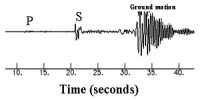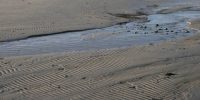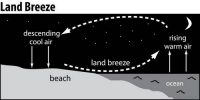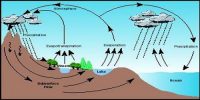Erosion involves acquisition and transportation of rock debris. It is the process by which water, ice, wind, or gravity moves fragments of rock and soil. When massive rocks break into smaller fragments through weathering and any other process, erosional geomorphic agents like running water, groundwater, glaciers, wind and waves remove and transport it to other places depending upon the dynamics of each of these agents. Abrasion by rock debris carried by these geomorphic agents also aids greatly in erosion. By erosion, relief degrades, i.e., the landscape is worn down.
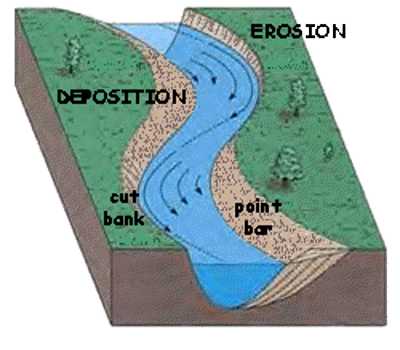
That means, though weathering aids erosion it is not a pre-condition for erosion to take place. Weathering, mass-wasting, and erosion are degradational processes. It is erosion that is largely responsible for continuous changes that the earth’s surface is undergoing. As indicated in Figure, degradational processes like erosion and transportation are controlled by kinetic energy. The erosion and transportation of earth materials are brought about by wind, running water, glaciers, waves and groundwater. Of these, the first three agents are controlled by climatic conditions.
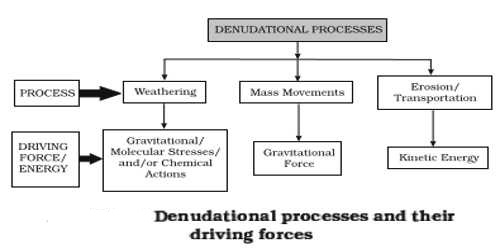
The work of the other two agents of erosion-waves and groundwater is not controlled by climate. In case of waves, it is the location along the interface of litho and hydrosphere – coastal region – that will determine the work of waves, whereas the work of ground water is determined more by the lithological character of the region. If the rocks are permeable and soluble and water is available only then karst topography develops.

